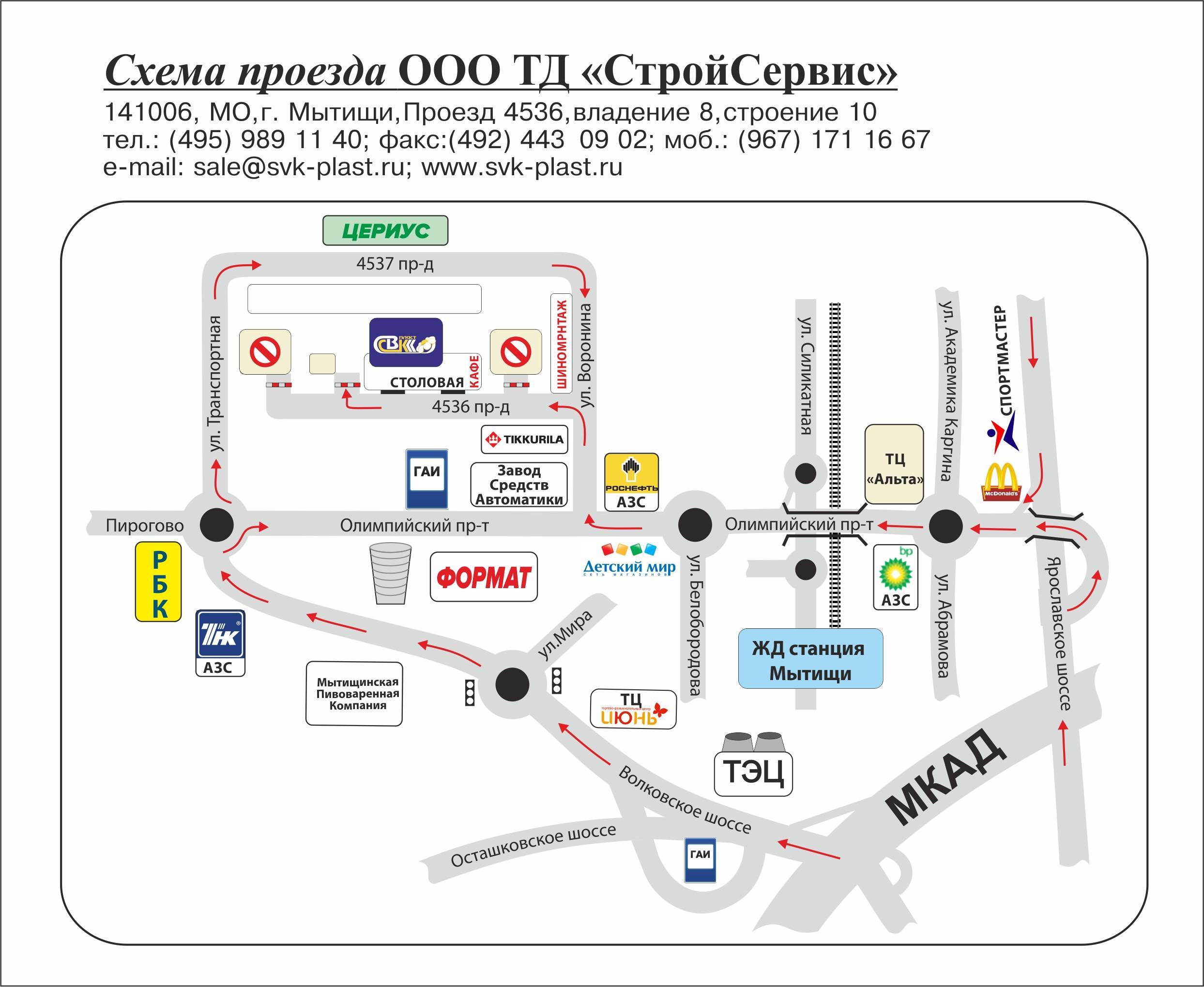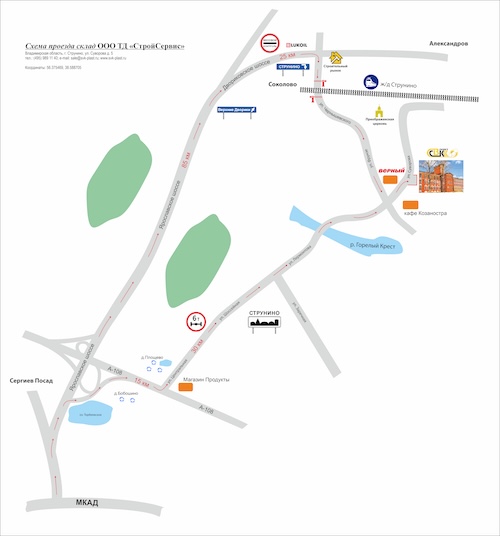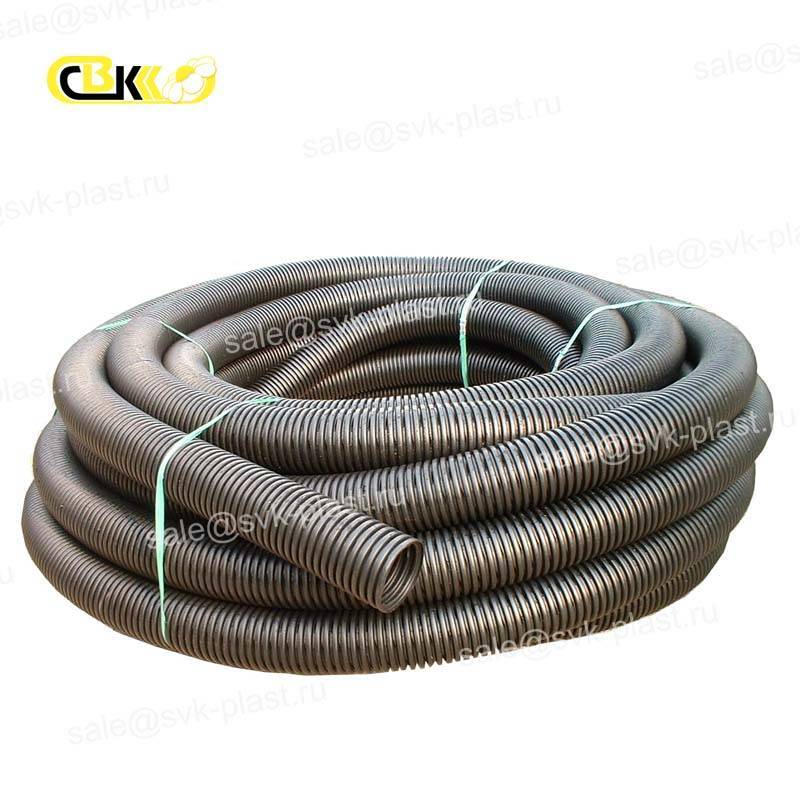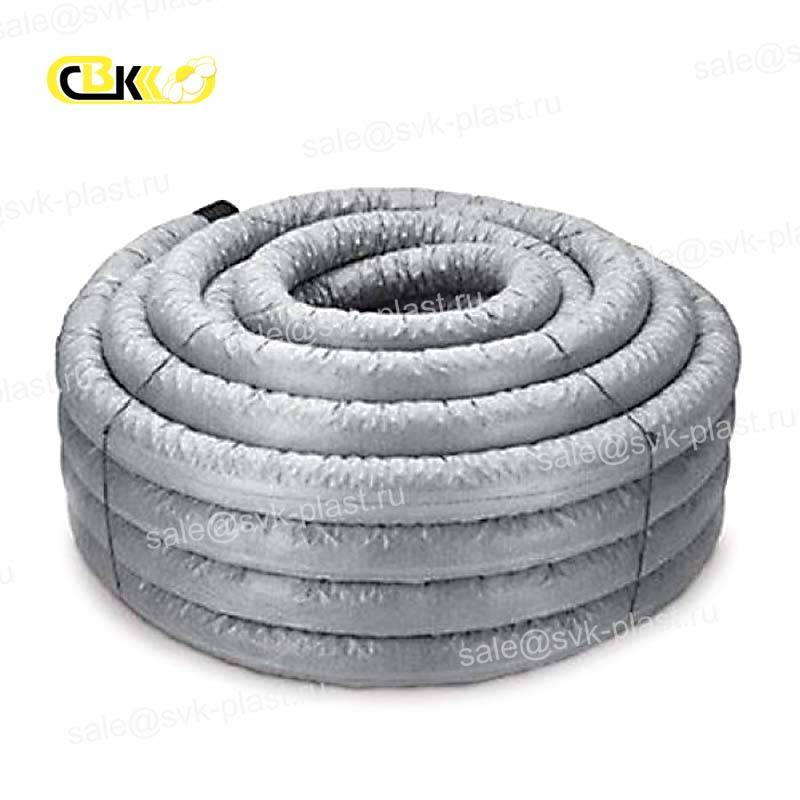Drainage pipe
CompanyTD Stroyservice offers drainage pipelines of domestic production This solution has proven itself in the field of protection and drainage of ground water from foundations and structures, landscape design It is possible to supply pipes of 63, 90, 110 and 160 mm in diameter with or without a geotextile filter In the Bay 50 meters
Drain pipe without filter
| Vendor code | Name |
|---|---|
| D205203701 | PPD drainage Pipe SN6 double layer without filter 110x50000 |
| D105203703 | PPD drainage Pipe SN4 single layer without filter160x40000 |
| D105203701 | PPD drainage Pipe SN4 single layer without filter 110x50000 |
Drainage pipe with filter
| Vendor code | Name |
|---|---|
| D105203702 | PPD drainage Pipe SN4 single layer with geofilter 110x50000 |
| D105203704 | PPD drainage Pipe SN4 single layer with geofilter 160x40000 |
| D205203702 | PPD drainage Pipe SN6 double layer with geofilter 110x50000 |
Tips for removing water from the Foundation Application of drainage systems
When creating a project for a future residential or country house, as well as when operating an already built home, one of the key issues is often the prevention of soil erosion This problem is especially relevant for areas where ground water is too close to the ground surface, too much precipitation falls, or the soil is initially swampy
It is for this reason that many owners of houses (especially suburban ones) install drainage systems on their plots (the term "drains" can sometimes be found in the people») The main function of such systems is to absorb and remove excess water that may come close to the Foundation
You can design and install such a system even if you do not have special knowledge and experience But not everyone can choose the right materials for drainage systems The tips below will help you do this
Purpose and advantages of drainage systems
The main purpose of the drainage system is to divert and remove excess moisture that may accumulate on the site due to the following circumstances:
- The loss of large amounts of rain;
- Sharp and heavy snowmelt in spring;
- Proximity of ground water to the earth's surface;
- Excess water produced by excessive watering
Being in large quantities on the territory of the site, water can cause quite serious damage:
- Mass death of plants, which is explained by the fact that water erodes the soil, stops the access of oxygen to the roots of plants and washes out useful trace elements;
- Subsidence and the appearance of cracks on the walls, Foundation of the house due to the fact that the ground becomes softer;
- Destruction of beds, sidewalks and decorative structures
To prevent this kind of trouble, special drainage systems are installed on land plots, one of the mandatory elements of which is a pipe designed to divert excess water
From the point of view of construction, this is an ordinary pipe, but it also has one characteristic feature – holes are made through a certain distance to collect water Subsequently this water flows to a safe place outside the site through these pipes
In terms of installation and device, drainage systems have certain differences that can not be confused with sewer, water and other types of pipes
Most often, drains are made of plastic, because in comparison with other materials, it has certain advantages, the most significant of which are:
- Long service life (if the necessary rules are followed, up to 50 years or more)
- Prevent corrosion, since the plastic does not react chemically with any of the substances that may flow through the pipes
- Low weight of pipes and the finished system, so that transportation is possible without the involvement of specialized equipment
- The smooth inner surface allows you to prevent foreign substances and dirt from settling inside the pipes
- A wide variety of offered types of drainage pipes, so that everyone can choose the most suitable option for their site
- Prevent clogging with sludge This is explained by the fact that drainage pipes have a specific structure that does not allow microparticles to settle on their surface
- Relatively low cost, compared to other materials
Thus, drainage pipes are the most suitable material for laying on the site in order to prevent it from flooding or waterlogging
Main characteristics of drainage systems
The main parameters of systems designed to divert water from the structure are related to the characteristics of the material for their manufacture, the diameter of pipes, and other data:
- Most often, the material for making drainage pipes is plastic In addition, they can be made of asbestos cement, porous materials, etc.d (but these pipes are used less often than plastic ones)
- The pipe diameter is one of the most important parameters, since it is the type of material that determines the use of the pipe on a specific site: for areas with high humidity or close proximity of ground water to the surface, it is better to use wider pipes in diameter, but for ordinary sites, standard diameter structures (from 110 to 200 mm) are also suitable)
- Strength and flexibility-the importance of these parameters is due to the fact that all pipes for drainage systems have a perforated surface Based on this, they can not only be, but also need to bend at a certain angle, laying over the entire area of the site
- Material density-pipes made of synthetic materials have the lowest strength indicators (about 0.90-0.98 g / cm3);
- Thermal conductivity – the lowest indicator is observed in pipes made of polymer materials This value is set based on the ability to conduct 1 degree of heat by a body that is 1 meter thick
- Service life and exposure to negative impacts As noted above, the best in terms of this indicator are structures made of polymer materials
- Resistance to rotting under the influence of negative environmental factors This indicator is inherent in absolutely all types of drainage pipes
- Ability to filter This indicator is provided by systems that are installed with geotextile that prevents various types of harmful particles from entering the pipe
The difference between drainage and other pipes for communications
Drainage, sewer and water pipes perform completely different functions In addition, they also differ due to the following indicators:
- Drainage pipes are made mainly of plastic But sewer and water pipes can be cast iron, steel, metal-plastic, etc.d (that is, there are quite a lot of production options)
- The main purpose of drainage pipes is to collect moisture from the ground and remove it to a safe distance In turn, sewer and water pipes should not allow moisture to pass through their surface at all
- When installing drainage systems, additional materials are used that are not used when installing sewer and water pipes
In connection with the above, drainage pipes have not only a separate purpose, but also due to other parameters that are taken into account for them as an independent type of pipe Moreover, sewer and water pipes can be replaced with new ones in case of failure The drainage system is installed once and cannot be replaced
Classification of drainage pipes
All drainage pipes can be divided into separate types, depending on the material they are made of, diameter, and other parameters
Classification of pipes by material for their production is as follows:
- Plastic pipe Their production is based on polymer materials-polyvinyl chloride, porous polyethylene, etc.d Under the influence of high temperature, plates are first created, which serve as a starting point for the manufacture of the future pipe Then their surface is corrugated and rolled up by welding seams
- Ceramic drainage pipes Their main purpose is to divert ground water The production technology is similar to that used for the production of any ceramic products The initial raw material is fired, after which special punctures are made at a certain distance (through them water will get inside the pipe) Ceramic pipes are good because they do not rot at all But they also have one drawback – a rather large weight, which often causes problems with transportation
- Pipes made of porous materials The relative disadvantage of these structures is that water from the soil gets inside the pipe in a smaller volume, so it is not recommended to use such pipes in case of high humidity
- Asbestos cement pipes The technology of their production is based on a mixture of asbestos and concrete These pipes have the largest weight compared to the rest But they also have a more significant drawback – during long-term operation, the lumen through which water must enter the pipe gradually decreases This is explained by the fact that a significant amount of silt accumulates in this place Therefore, asbestos-cement pipes are used less often than plastic ones
The classification of pipes according to the main initial parameters is as follows:
- Pipes with one and two layers Single layer pipes consist of an external surface with holes The structure of double-layer pipes is more complex – an additional element here is a corrugated surface This allows you to reduce the load from the ground and thereby increase the service life of the system itself
- Flexible and rigid The first type allows you to bend the structure at a certain angle, thereby saving on the total amount of material used Rigid structures can only change their direction when additional connecting elements are used
- Bare and filter-coated The second type contains a geotextile coating as an additional element Its main purpose is the fltration of water entering the pipe from foreign impurities
When choosing a drainage system, first of all you need to pay attention to the features of the site If it is necessary to drain the soil, the drainage system consists of two lines of pipes, with the upper part closed by a filter
The secret to choosing the right drainage system
In order to choose the right drainage system, it is necessary to take into account not only its features in terms of material, diameter, etc.d, but also features of the land plot itself
Standard drainage system with a pipe diameter of 110 mm
The main technical characteristic is the pipe diameter If it is laid on a site with normal soil and has not too large an area, then the most optimal is a pipe with a diameter of 110 mm It is quite suitable for organizing water drainage on a plot of up to 400 square meters When increasing the area, it is desirable to increase the pipe diameter to 200 meters
110 mm diameter pipe with geotextile
If you want the service life of the drainage system to be increased several times, it is better to use a pipe with geotextile for this purpose
The main advantages of these systems are:
- Prevent ingress of various foreign elements and particles into the pipe;
- Long service life without the need for additional cleaning systems;
- Resistance to rot and other negative processes associated with non-standard weather conditions
Thus, pipes with geotextile are the most suitable for suburban areas, since they have undoubted advantages over conventional structures






